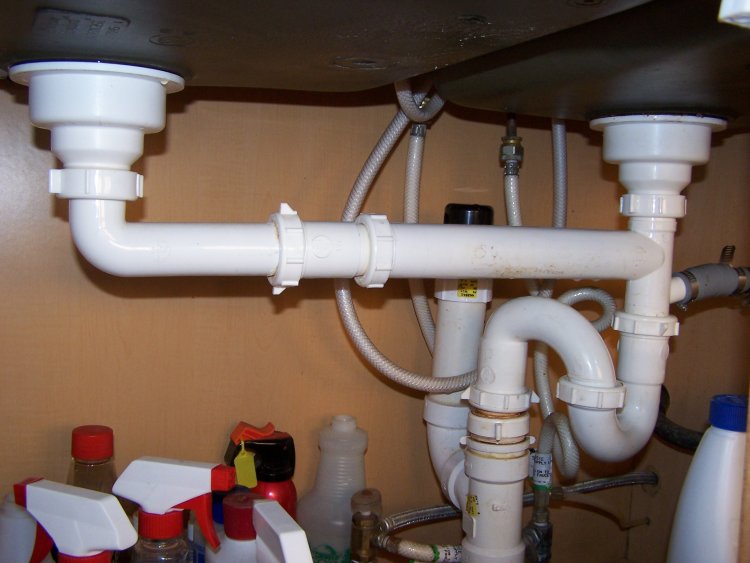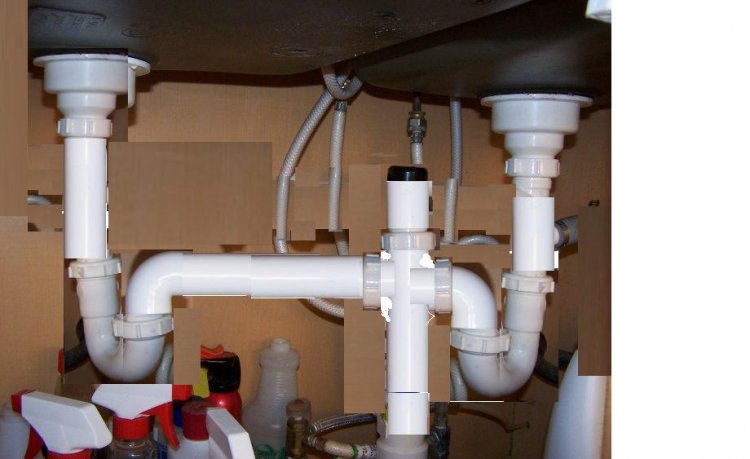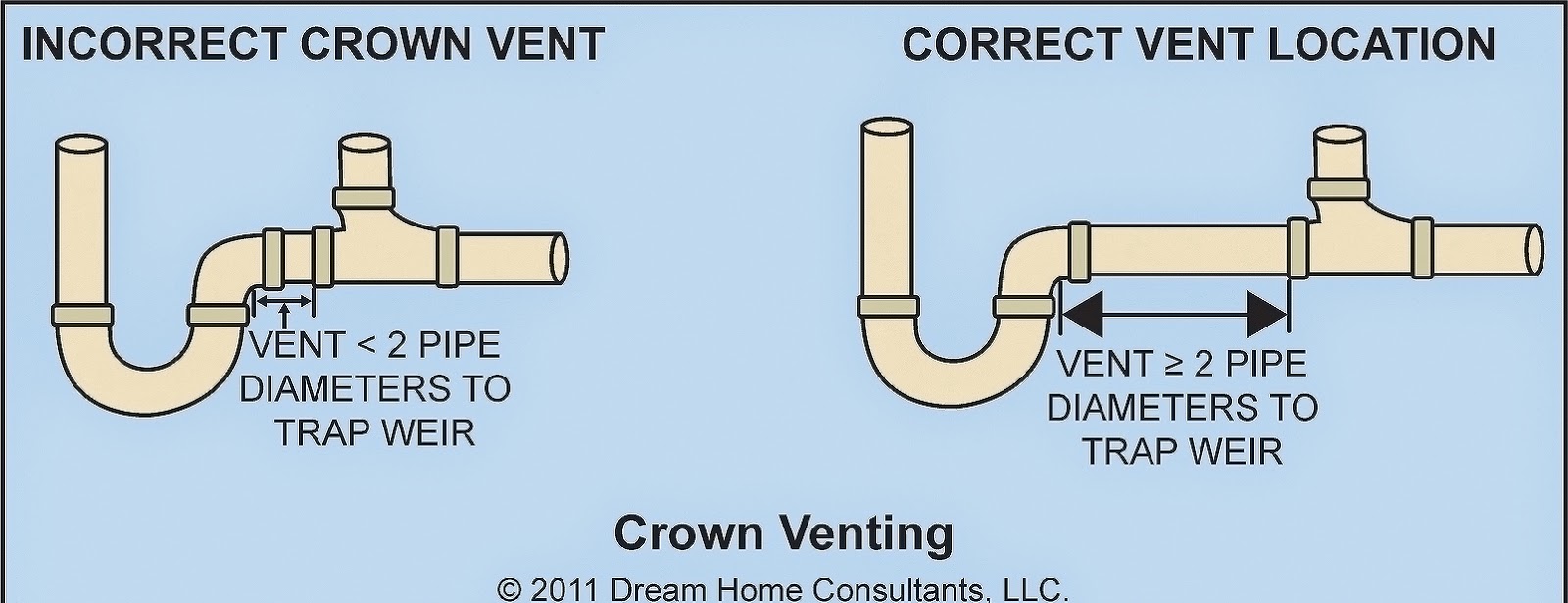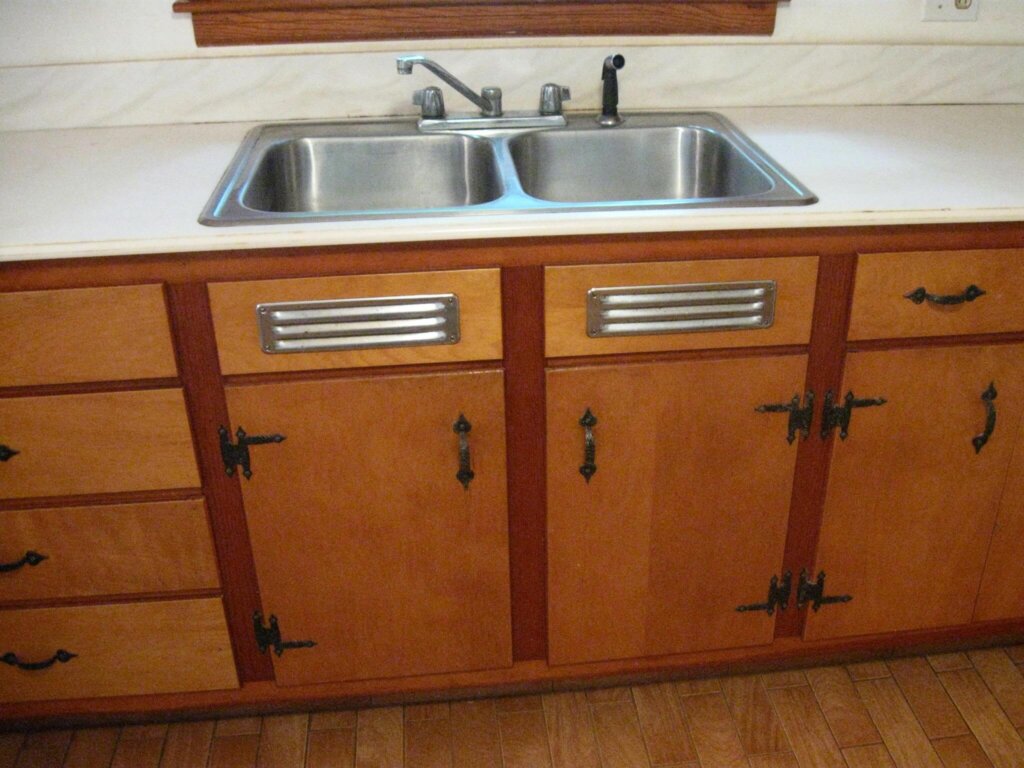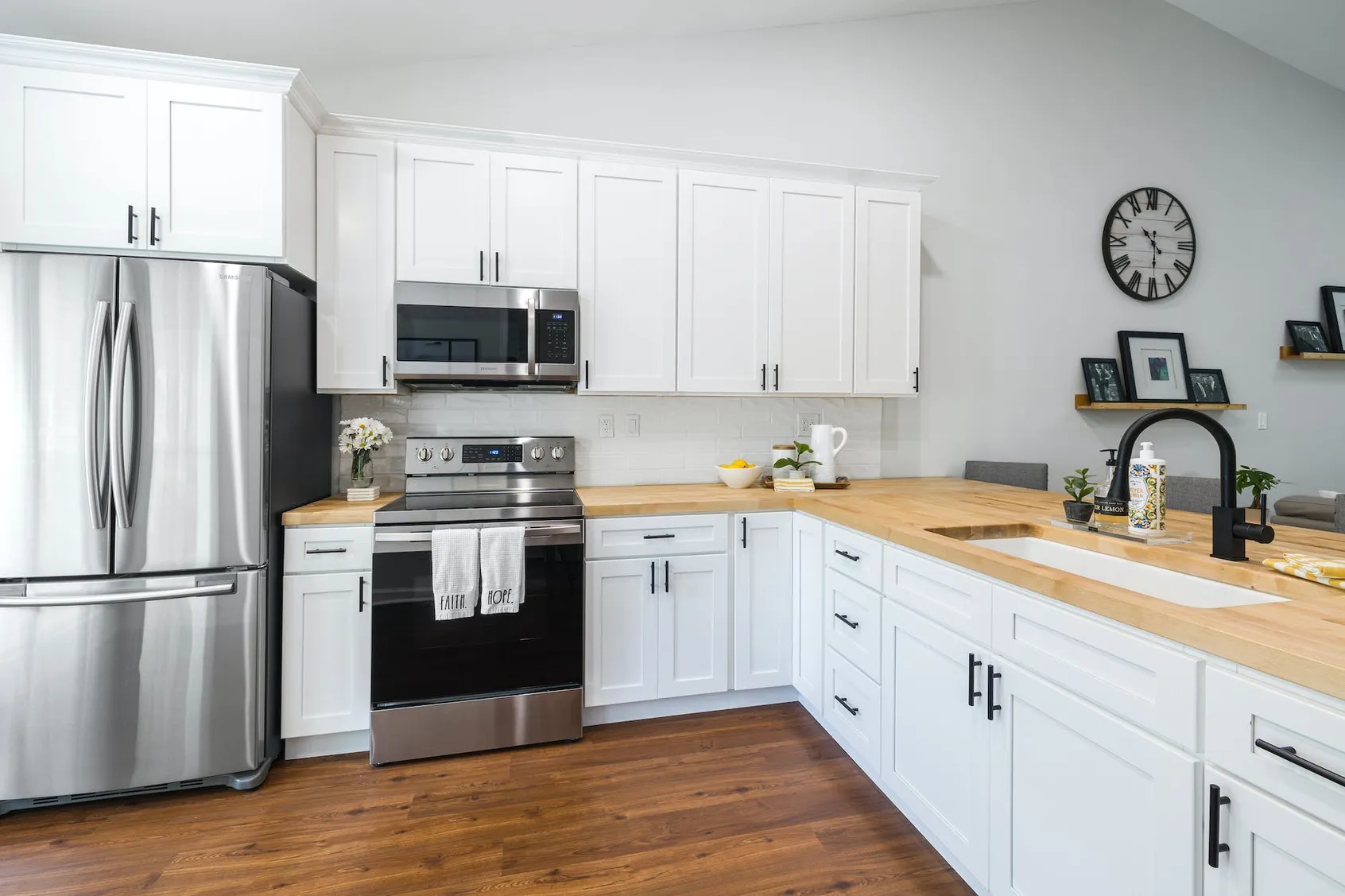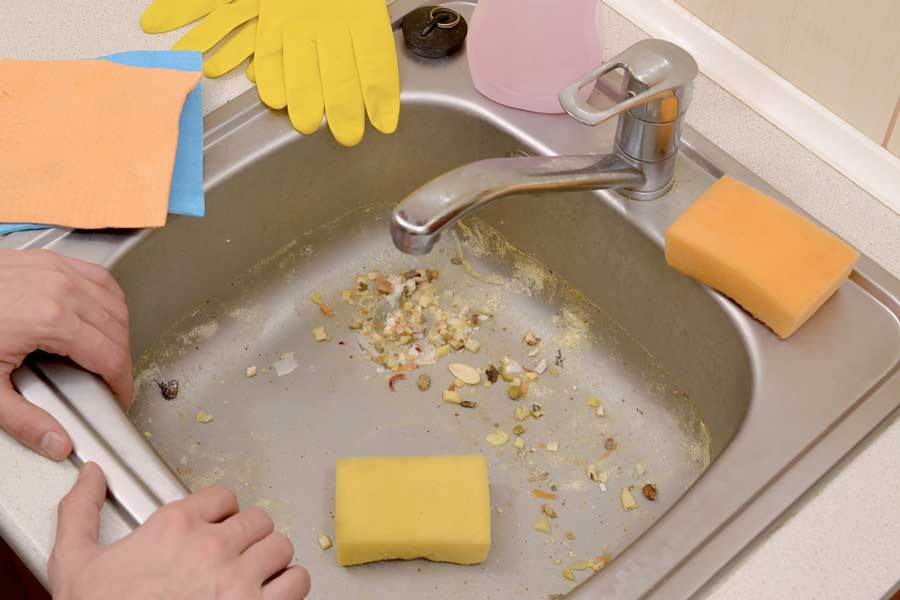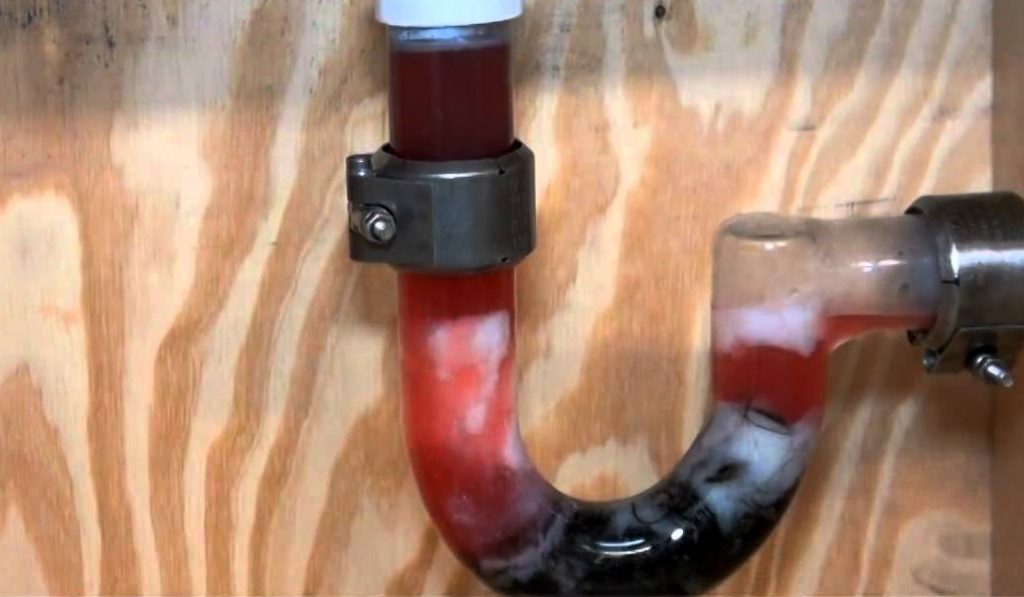A kitchen sink vent may seem like a minor detail in your kitchen, but it actually serves a very important purpose. Without a proper vent, your kitchen sink can become a breeding ground for bacteria, unpleasant odors, and even dangerous gases. In this article, we'll explore the top 10 main purposes of a kitchen sink vent and why it's an essential component in any kitchen.Why Do You Need a Kitchen Sink Vent?
The main purpose of a kitchen sink vent is to allow air to flow through the drain pipes, preventing any negative pressure that can cause water to back up and slow down drainage. When water flows down the drain, it creates a vacuum behind it, which can suck out the water from nearby p-traps or even pull water back up from the sewer system. A kitchen sink vent eliminates this problem by providing a way for air to enter the drain system and equalize the pressure.What Is the Purpose of a Kitchen Sink Vent?
A kitchen sink vent typically connects to the drain pipe through a T-joint or a Y-joint, allowing air to enter the drain system from above. This air then travels through the pipes and out the vent, creating a continuous flow of air and preventing negative pressure. The vent also acts as an escape route for any unpleasant odors or gases that may build up in the pipes.How Does a Kitchen Sink Vent Work?
Now that we know how a kitchen sink vent works, let's explore the benefits of having one in your kitchen. One of the main advantages is that it prevents odors from building up in your sink and surrounding areas. Without a vent, these odors can linger and become a nuisance in your kitchen. A vent also helps to maintain a healthy environment by preventing the growth of bacteria and mold in the drain pipes.Benefits of Installing a Kitchen Sink Vent
There are a few different types of kitchen sink vents available, each with its own unique features. The most common type is the traditional vent, which is installed on the roof of the house and allows air to escape from the drain pipes. There are also under-sink vents, which are installed directly on the drain pipe and are ideal for smaller kitchens or those with limited roof access. Another option is an air admittance valve, which is a one-way valve that allows air to enter the drain system but doesn't allow gases to escape.Types of Kitchen Sink Vents
If you're handy with tools, you may be able to install a kitchen sink vent yourself. However, it's always best to hire a professional plumber to ensure the job is done correctly. The vent should be installed at a 45-degree angle and should be higher than the highest drain in your kitchen. It's also important to make sure the vent is properly sealed to prevent any leaks.How to Install a Kitchen Sink Vent
While a kitchen sink vent is an essential component in any kitchen, it's not immune to problems. One of the most common issues is a clogged vent, which can be caused by debris or even small animals making nests in the pipes. This can lead to slow drainage, unpleasant odors, and even leaks. It's important to regularly clean and maintain your kitchen sink vent to prevent these problems from occurring.Common Problems with Kitchen Sink Vents
Properly venting your kitchen sink is not only important for maintaining a healthy and pleasant kitchen environment, but it's also necessary for the overall functionality of your plumbing system. Without a vent, you may experience frequent clogs and slow drainage, which can be frustrating and costly to fix. By ensuring your kitchen sink is properly vented, you can avoid these issues and keep your kitchen running smoothly.Importance of Properly Venting a Kitchen Sink
If you suspect that your kitchen sink vent is clogged, there are a few things you can try before calling a professional. First, try using a plunger to remove any debris that may be stuck in the vent. If that doesn't work, you can also try using a plumbing snake to clear out the blockage. If these methods don't work, it's best to call a plumber to avoid causing any further damage to your plumbing system.How to Troubleshoot a Clogged Kitchen Sink Vent
While some minor issues with your kitchen sink vent can be resolved on your own, it's always best to call a professional plumber for any major problems. This includes leaks, major clogs, and any issues with the vent itself. A professional plumber has the knowledge and tools to properly diagnose and fix any issues, ensuring that your kitchen sink vent is functioning properly.When to Call a Professional for Kitchen Sink Vent Issues
The Importance of a Kitchen Sink Vent in House Design

Ensuring Proper Ventilation
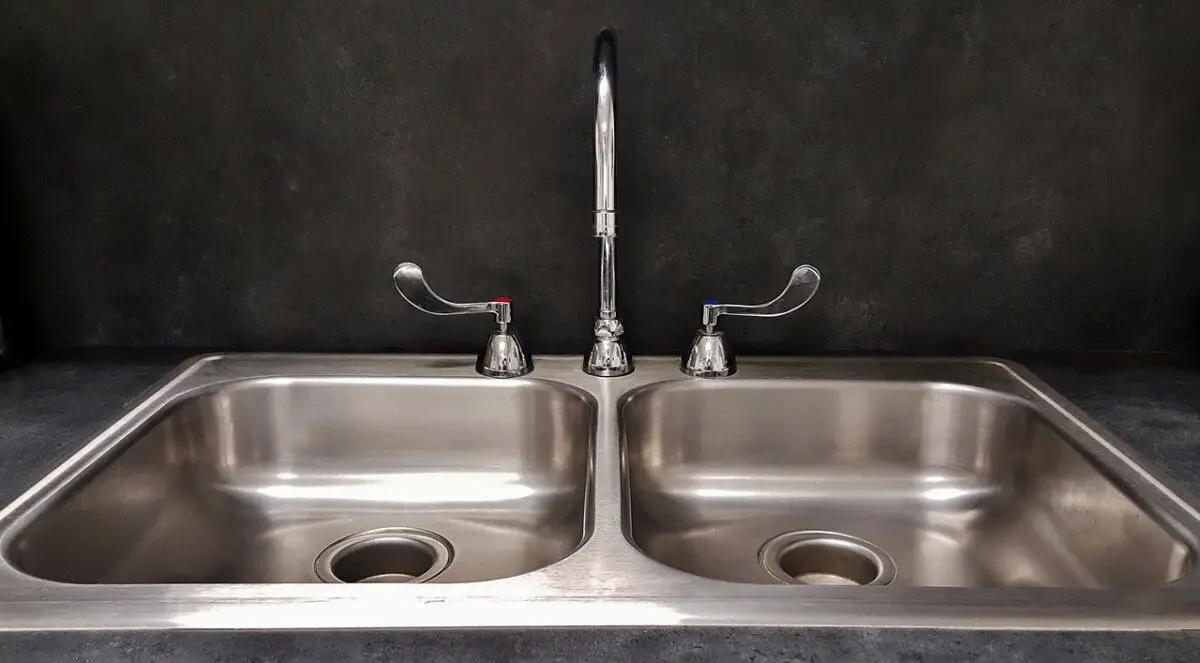 A kitchen sink vent is an essential component of any house design. Its purpose is to provide proper ventilation for your kitchen, specifically your sink area. Without it, unpleasant odors, moisture, and gases can build up in your kitchen, causing discomfort and potential health hazards. In this article, we will discuss the importance of a kitchen sink vent and how it contributes to the overall design and functionality of your home.
Kitchen sink vents
are typically installed on the main drain line and lead to the outside of your home. They work by allowing air to flow in and out of the drainage system, creating a balance of pressure and preventing any backflow of gases and odors into your kitchen. This is especially important in modern homes that are designed to be airtight for energy efficiency. Without proper ventilation, the air inside your home can become stale and musty, creating an uncomfortable living environment.
A kitchen sink vent is an essential component of any house design. Its purpose is to provide proper ventilation for your kitchen, specifically your sink area. Without it, unpleasant odors, moisture, and gases can build up in your kitchen, causing discomfort and potential health hazards. In this article, we will discuss the importance of a kitchen sink vent and how it contributes to the overall design and functionality of your home.
Kitchen sink vents
are typically installed on the main drain line and lead to the outside of your home. They work by allowing air to flow in and out of the drainage system, creating a balance of pressure and preventing any backflow of gases and odors into your kitchen. This is especially important in modern homes that are designed to be airtight for energy efficiency. Without proper ventilation, the air inside your home can become stale and musty, creating an uncomfortable living environment.
Preventing Clogs and Damage
 In addition to ensuring proper ventilation, a kitchen sink vent also plays a crucial role in preventing clogs and damage to your plumbing system. Without a vent, the pressure in your drainage system can become imbalanced, causing air bubbles to form and slow down the flow of water. This can lead to clogs and backups in your sink, as well as potential damage to your pipes.
Furthermore, a well-designed kitchen sink vent can also prevent damage to your sink itself. The constant buildup of moisture and gases in an unventilated sink can cause corrosion and deterioration over time. This can lead to the need for costly repairs or even replacement of your sink, which can be avoided by simply installing a kitchen sink vent.
In addition to ensuring proper ventilation, a kitchen sink vent also plays a crucial role in preventing clogs and damage to your plumbing system. Without a vent, the pressure in your drainage system can become imbalanced, causing air bubbles to form and slow down the flow of water. This can lead to clogs and backups in your sink, as well as potential damage to your pipes.
Furthermore, a well-designed kitchen sink vent can also prevent damage to your sink itself. The constant buildup of moisture and gases in an unventilated sink can cause corrosion and deterioration over time. This can lead to the need for costly repairs or even replacement of your sink, which can be avoided by simply installing a kitchen sink vent.
Enhancing Overall House Design
 Aside from its practical purposes, a kitchen sink vent can also enhance the overall design and aesthetics of your home. With various styles and designs available, you can choose a vent that complements your kitchen's design and adds a touch of elegance to your space. Some vents even come with built-in lighting, providing both functionality and visual appeal.
In conclusion, a kitchen sink vent is not just a simple plumbing component, but an essential part of your house design. Its purpose goes beyond just preventing unpleasant odors and maintaining proper ventilation. It also plays a crucial role in preventing damage to your plumbing system and enhancing the overall design of your home. So, if you are in the process of designing or renovating your kitchen, don't overlook the importance of a kitchen sink vent. It may seem like a small detail, but it can make a big difference in the functionality and comfort of your home.
Aside from its practical purposes, a kitchen sink vent can also enhance the overall design and aesthetics of your home. With various styles and designs available, you can choose a vent that complements your kitchen's design and adds a touch of elegance to your space. Some vents even come with built-in lighting, providing both functionality and visual appeal.
In conclusion, a kitchen sink vent is not just a simple plumbing component, but an essential part of your house design. Its purpose goes beyond just preventing unpleasant odors and maintaining proper ventilation. It also plays a crucial role in preventing damage to your plumbing system and enhancing the overall design of your home. So, if you are in the process of designing or renovating your kitchen, don't overlook the importance of a kitchen sink vent. It may seem like a small detail, but it can make a big difference in the functionality and comfort of your home.




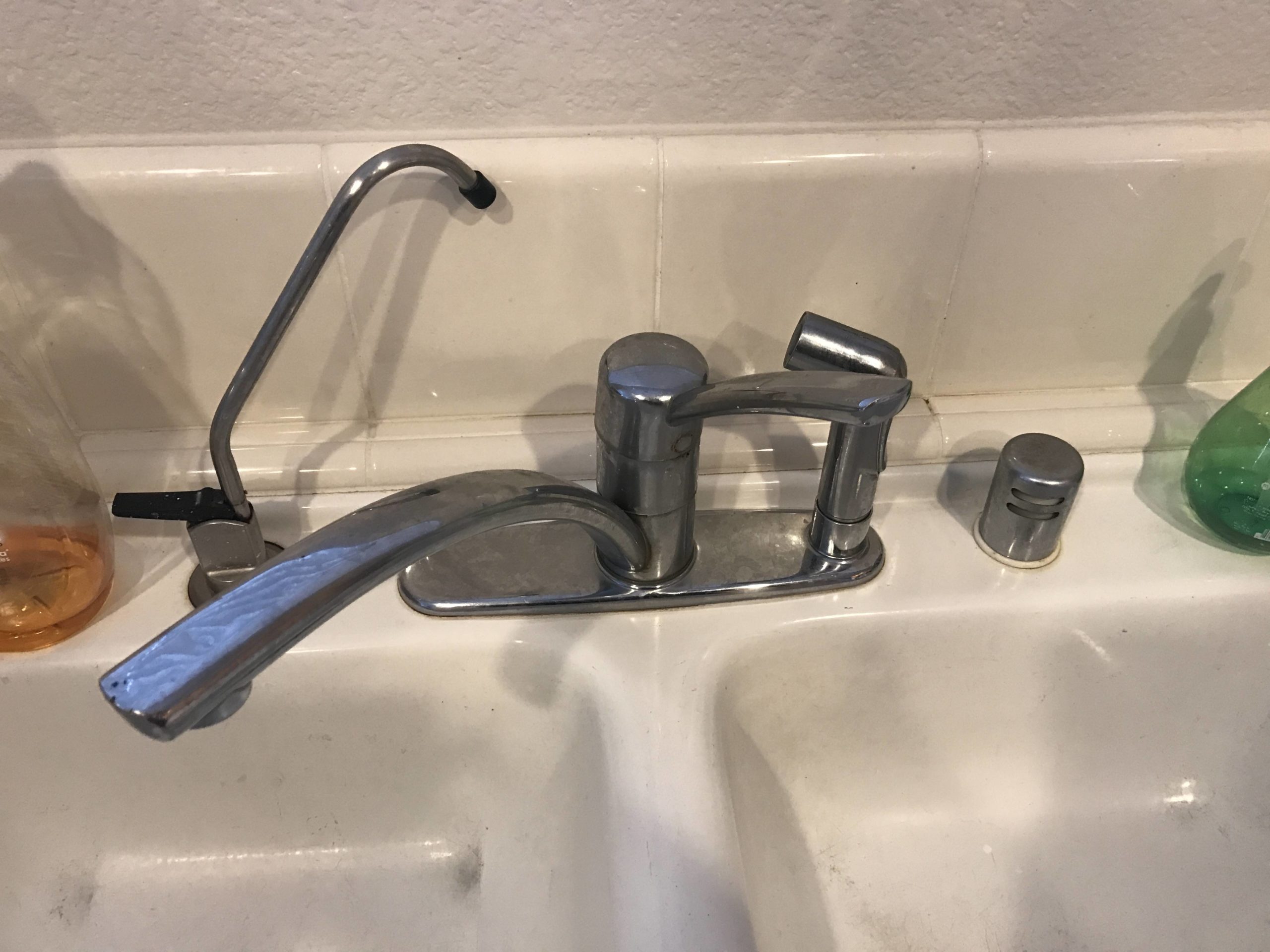





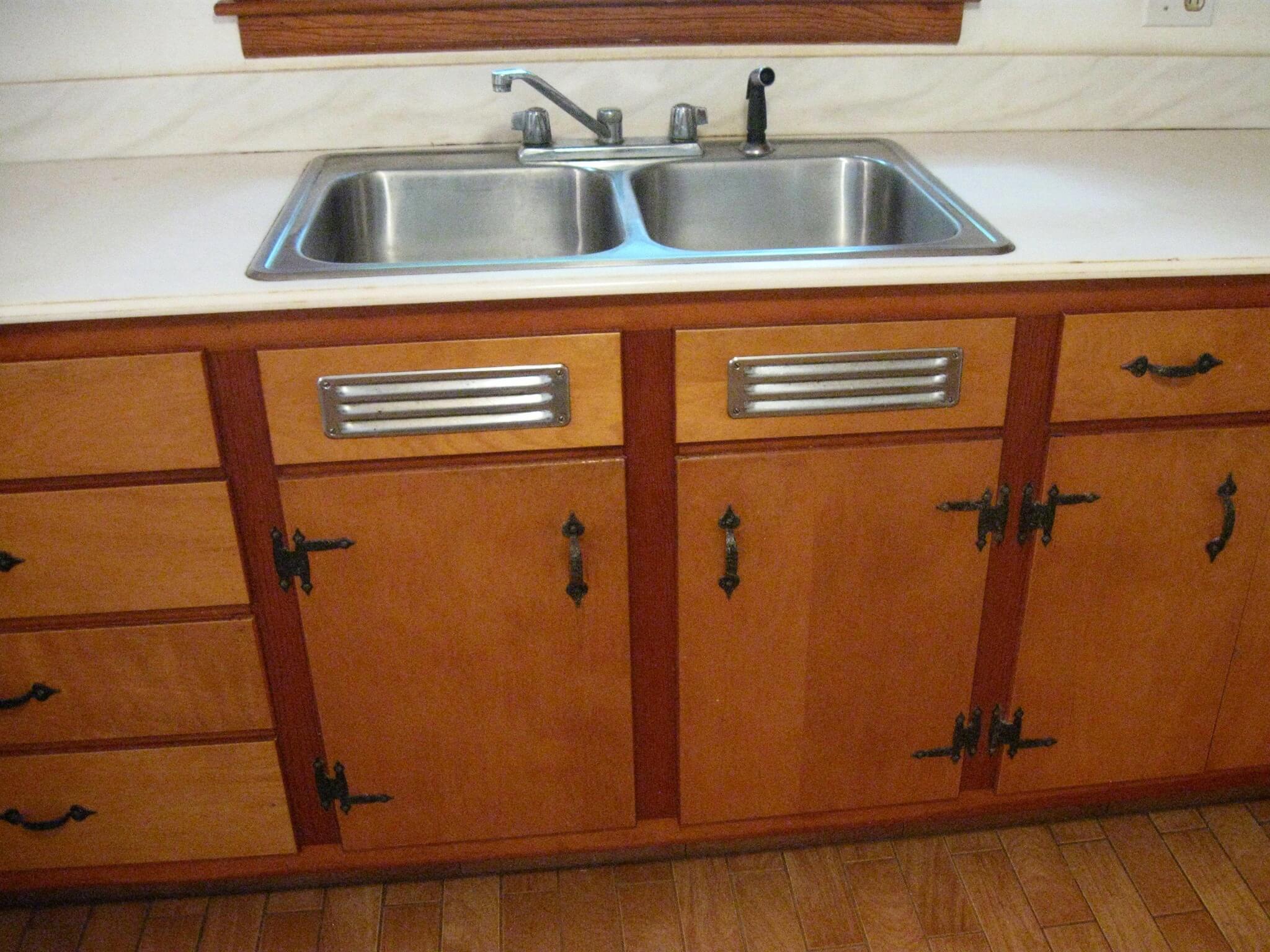

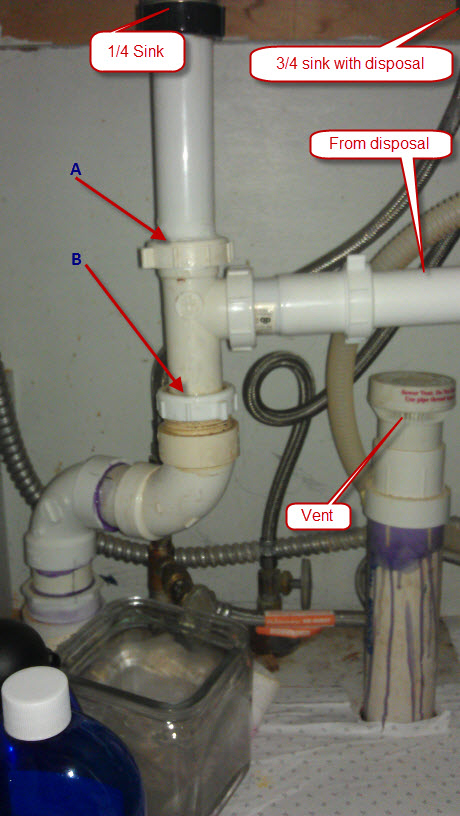





:max_bytes(150000):strip_icc()/sink-vent-installing-an-auto-vent-2718828-03-7d2c3b9c51024155a1ea47f7ae35cadd.jpg)





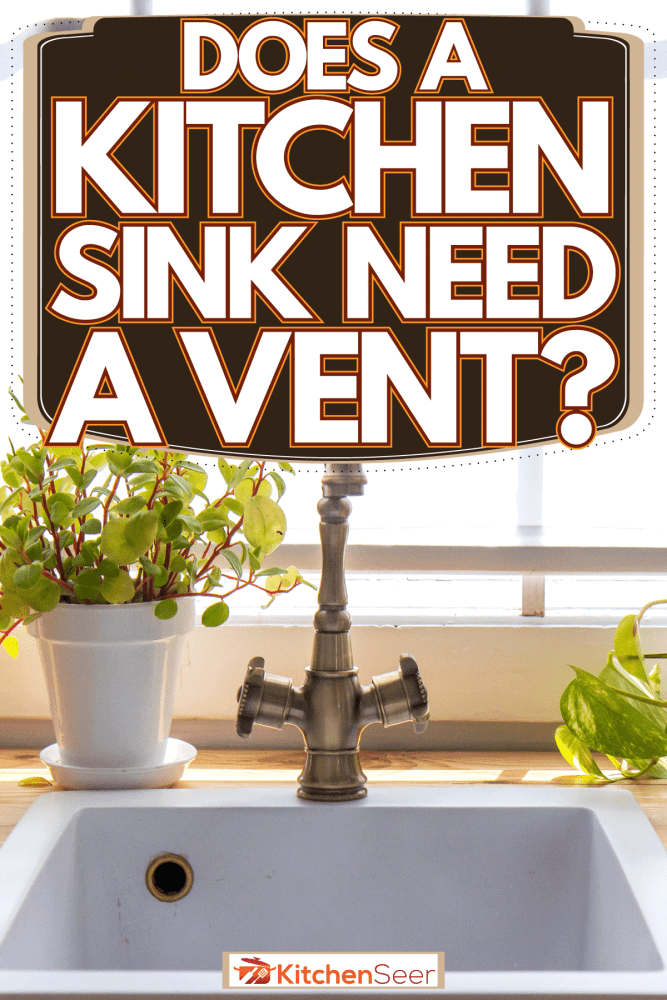




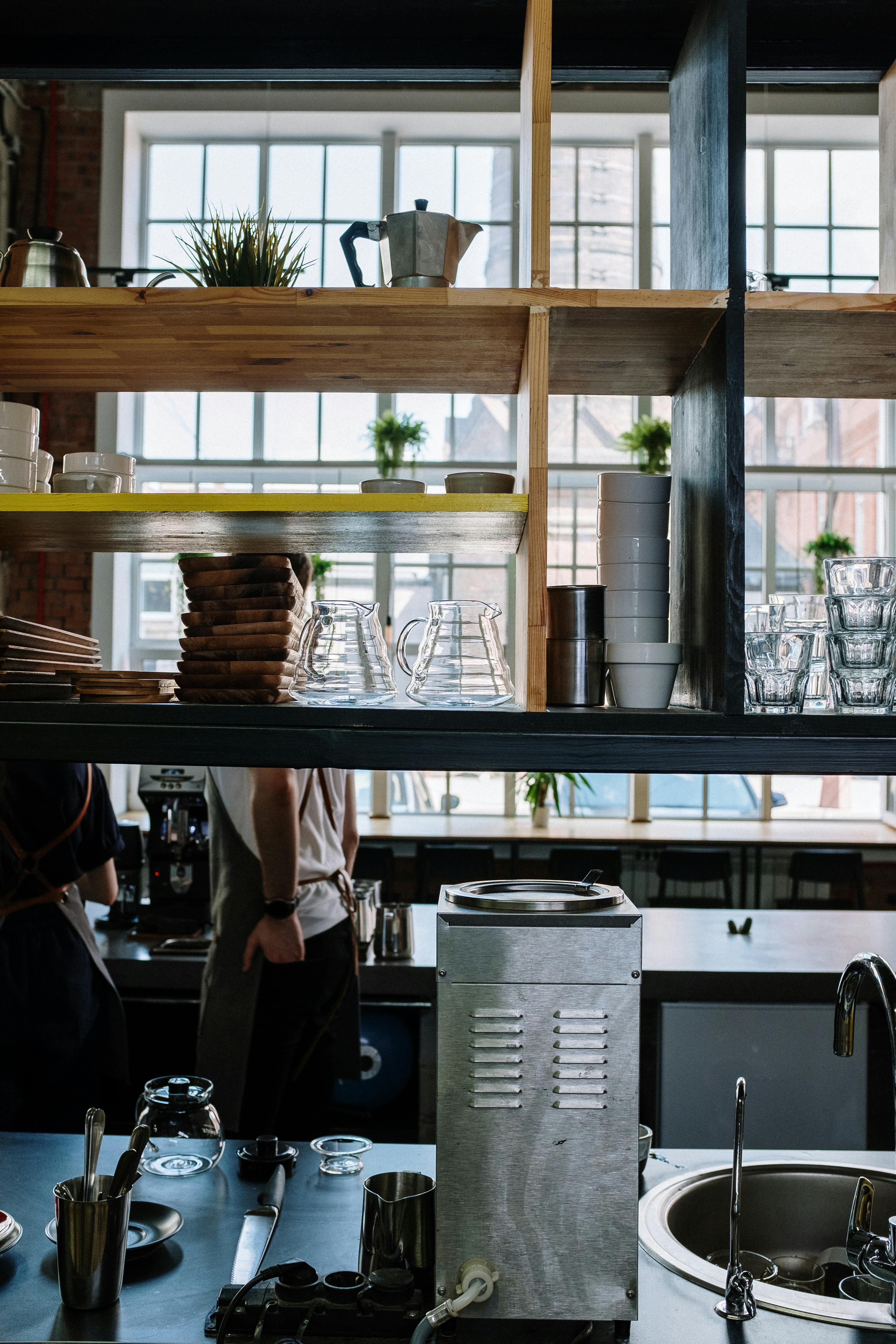

:max_bytes(150000):strip_icc()/kitchendoubleBasinsink-GettyImages-1098390260-420372a617b748d8a06491e6ad82d107.jpg)
:max_bytes(150000):strip_icc()/DrainboardKitchenSink-5a762bbceb97de0037ef6fec.jpg)
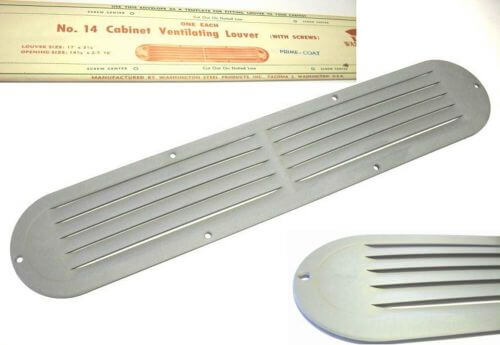
:max_bytes(150000):strip_icc()/Basic-kitchen-sink-types-1821207_color_rev-0b539306b9ef4236a136624ad2a89a4c.jpg)



